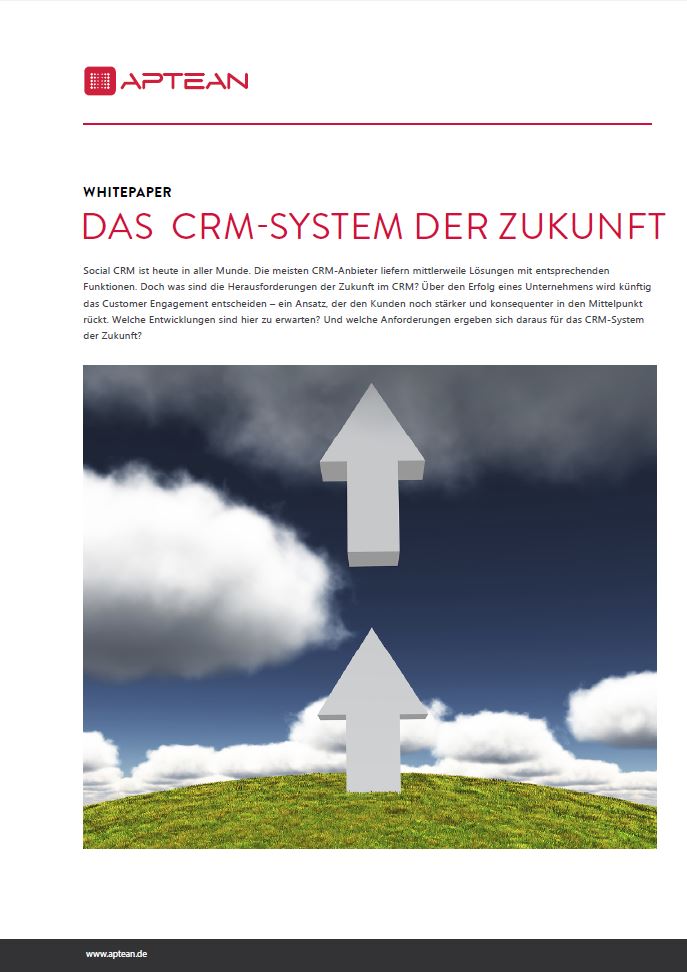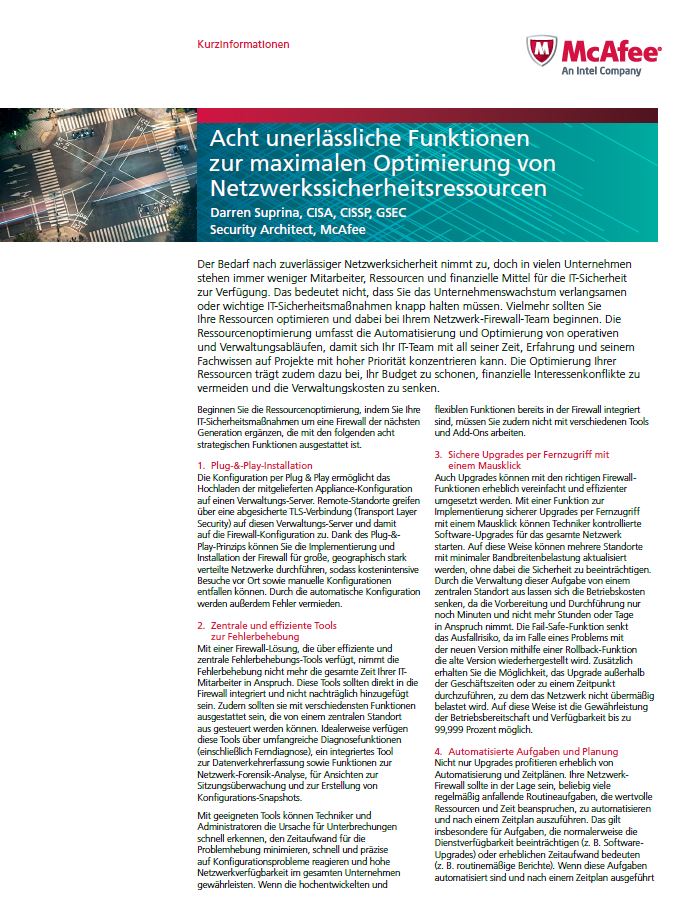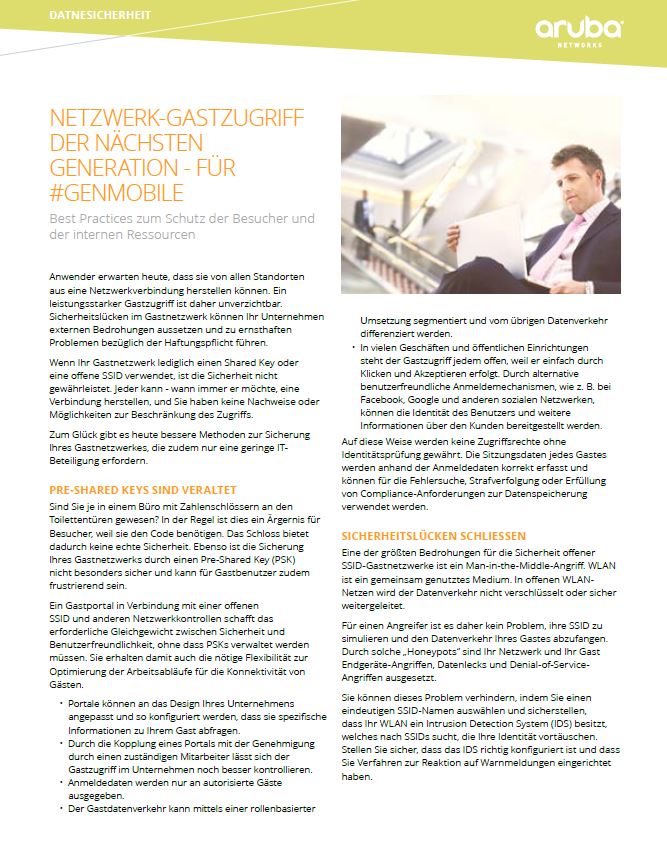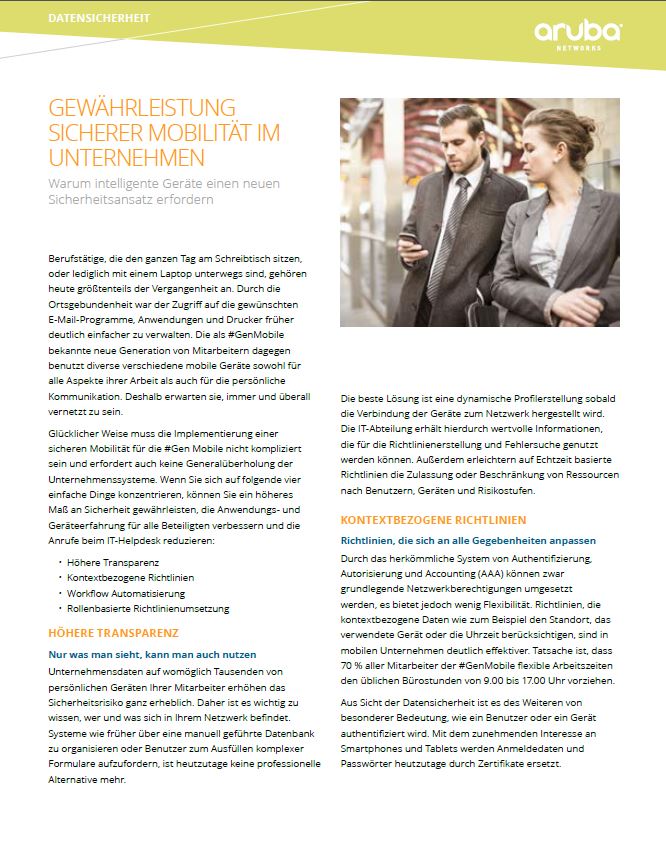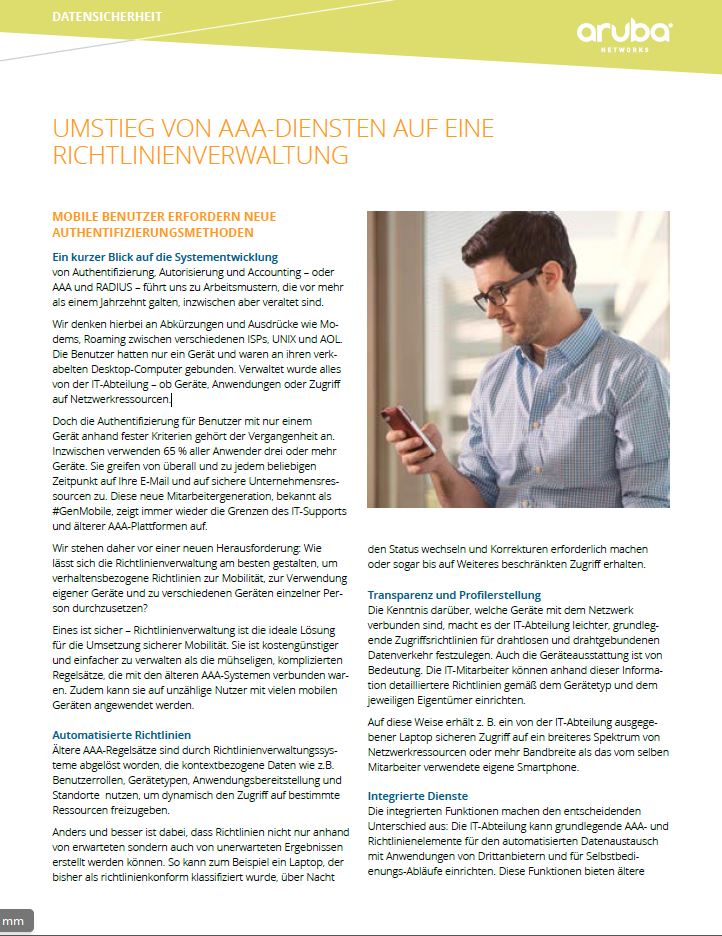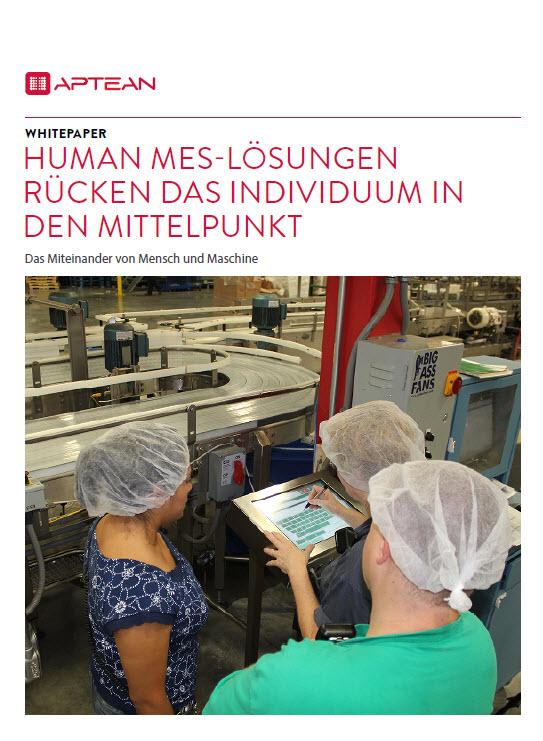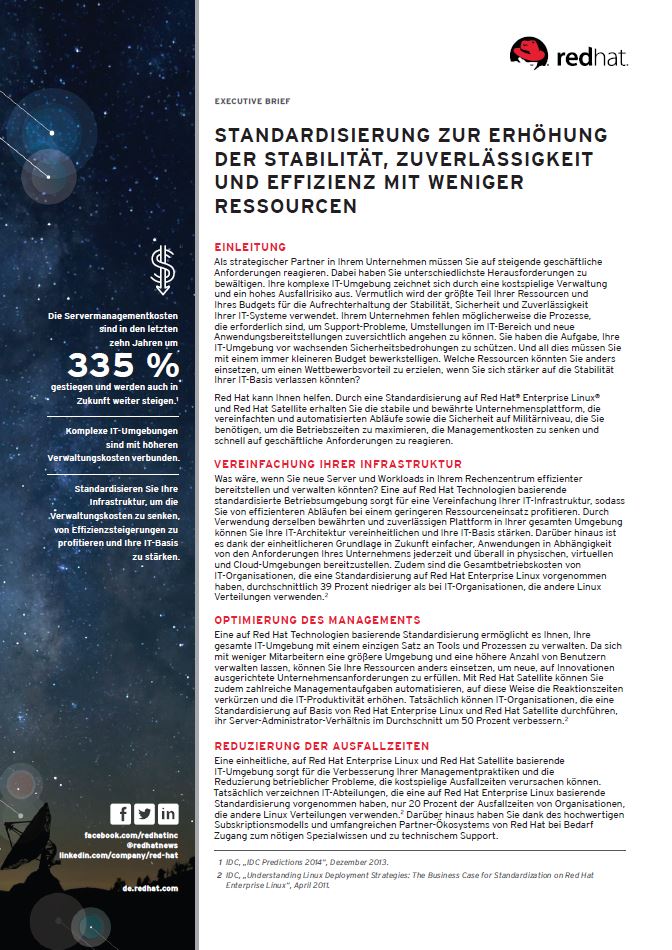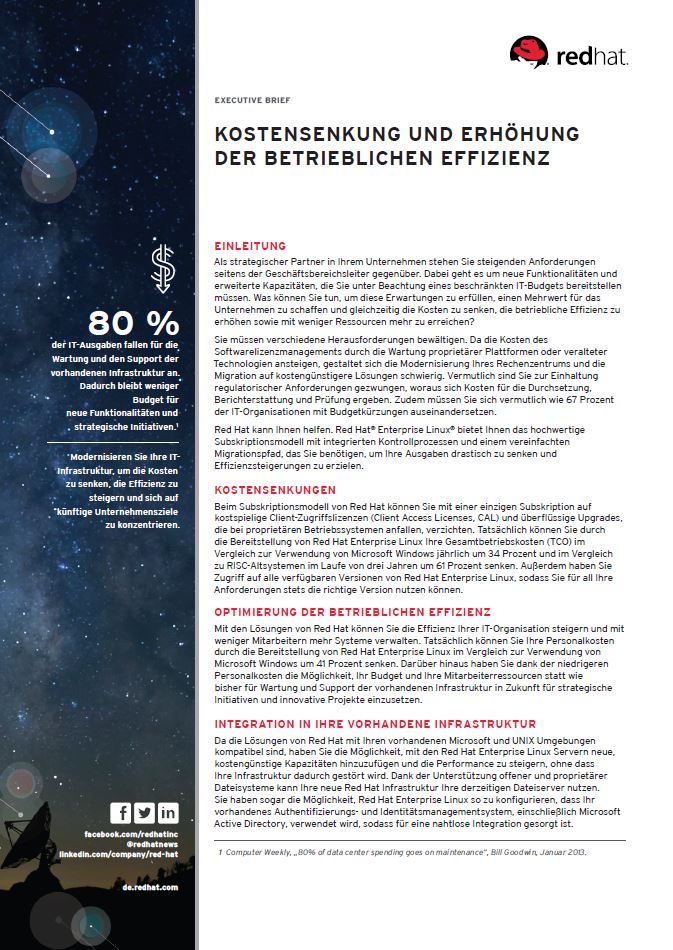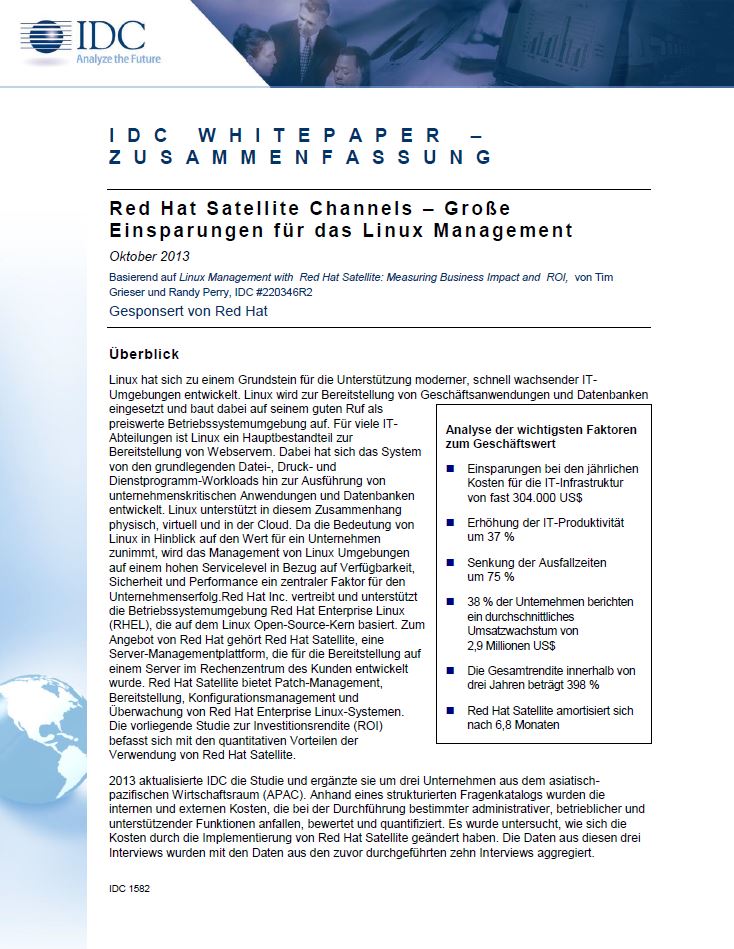Das CRM-System Der Zukunft
Social CRM ist heute in aller Munde. Die meisten CRM-Anbieter liefern mittlerweile Lösungen mit entsprechenden Funktionen. Doch was sind die Herausforderungen der Zukunft im CRM? Über den Erfolg eines Unternehmens wird künftig das Customer Engagement entscheiden – ein Ansatz, der den Kunden noch stärker und konsequenter in den Mittelpunkt rückt. Welche Entwicklungen sind hier zu
